LOOKING BACK 2024: Exports follow RMG-dependent, low diversification patterns
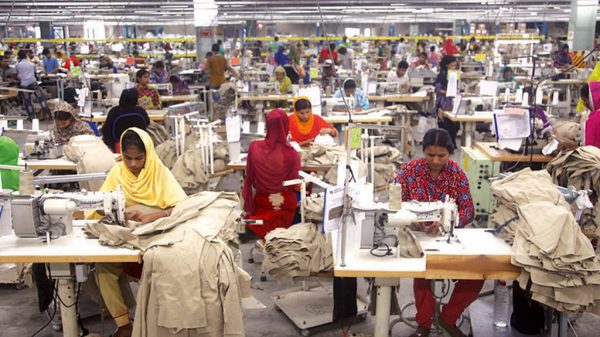
Shawdesh dEsk:
Bangladesh’s export sector in 2024 has reflected a mixed bag of performance, marked by fluctuations, but the sector has largely followed its traditional patterns — heavy dependency on the readymade garment sector and very limited diversification.
Breaking stagnancy, the exports gained momentum in October and November, though the year overall has shown little in terms of any ground-breaking shifts or significant transformation in the export landscape.
Bangladesh readymade garment industry has been a remarkable success, but the other sectors have failed to achieve any significant growth.
This heavy reliance on the RMG has left Bangladesh’s export portfolio imbalanced, making the economy vulnerable to sector-specific shocks and global market fluctuations.
Citing examples from the other countries, experts said that exports from Bangladesh and Vietnam were roughly the same in value, at about $2 billion in 1990.
However, by now Bangladesh’s annual exports have grown to about $40 billion, while Vietnam’s exports have surged to $270 billion.
Economists said that after independence, several sectors, including pharmaceuticals, jute and jute goods, leather and leather products and light engineering made significant strides in meeting local demand.
However, these industries have struggled to become globally competitive.
The pharmaceutical sector now meets approximately 98 per cent of the local demand, yet its share in the $600 billion global market remains minimal.
Similarly, while the private-sector jute industry has developed, its annual exports have stagnated at $1 billion for several years.
The leather and leather goods industry also satisfies a substantial portion of domestic demand, but like jute, its annual export value has remained steady at about $1 billion for more than five years.
‘The country’s export performance gained momentum in October and November, but remained within a traditional pattern, without any notable or encouraging changes,’ Zahid Hussain, former lead economist of the World Bank’s Dhaka office, told New Age.
Although export earnings picked up in the last quarter of 2024, the country made no progress in diversifying its products to reduce reliance on the RMG sector, he said.
Zahid said that the gas crisis had hindered the country’s export performance throughout the year, while recent political instability and labour unrest had resulted in new uncertainties for the export sector.
‘Export diversification has not been happening in the country due primarily to limitations in the trade policies, as the existing policies have made the domestic market more profitable than the export market,’ the economist said.
According to Export Promotion Bureau data, the country’s export earnings for the financial year 2023-24 reached $44.47 billion, reflecting a 4.22-per cent decline.
Of the total, the readymade garment sector accounted for $36.14 billion, or 81.3 per cent, the data showed.
The EPB data also showed that Bangladesh’s RMG exports in January-November of 2024 increased by 6.23 per cent to $34.71 billion compared with those of $32.68 billion in the same period of 2024.
According to a recent Asian Development Bank report, export concentration for Bangladesh has emerged as a major and long-standing challenge, as the success of RMG exports has not been replicated in the other sectors.
The report mentioned that Bangladesh’s exports were predominantly composed of knitwear (44.6 per cent) and woven garments (37.2 per cent), while the other significant products included home textiles 3.3 per cent, footwear 2.3 per cent, jute products 1.9 per cent and fish 1 per cent.
‘This overwhelming dependence on one particular export product means that the Bangladesh export basket is among the world’s least diversified,’ said the ADB report released in July 2024.
Research and Policy Integration for Development chairman Mohammad Abdur Razzaque recently said that anti-export bias in the trade policy regime was the key challenge for promoting export diversification.
He emphasised the need for addressing policy-induced anti-export bias through tariff rationalisation and the implementation of the National Tariff Policy 2023.
To enhance overall export competitiveness, he outlined key strategies, including sustaining macroeconomic stability, strengthening infrastructure and trade logistics, prioritising skill development, attracting more foreign direct investment, improving product quality and standards and enhancing labour and environmental compliance.
Bangladesh Chamber of Industries president Anwar-Ul-Alam Chowdhury Parvez said that country’s export sector had been struggling with crisis of gas, deteriorated law and order situation, labour unrest and growing bank interest rate.
He said that following the ouster of the Awami League government through a student-led mass uprising in August, the law and order situation was yet to be normal, which had hurt the confidence of global buyers.
At the same time, Vietnam and the other competitors of Bangladesh gained the confidence of buyers and secured a significant share of export orders, Parvez said.
Parvez, also a former president of the Bangladesh Garment Manufacturers and Exporters Association, said that in 2024, the country’s manufacturing sector faced a severe gas crisis, high inflation, soaring bank interest rates, rising dollar prices, political instability and labour unrests.
‘Now we are looking towards 2025 for better prospects. Hopefully, the government will prioritise the sustainability of the industry to maintain employment and create new jobs in the new year,’ he said.
Centre for Policy Dialogue distinguished fellow Mustafizur Rahman said that the country’s exports had turned around in recent months, driven largely by the performance of traditional RMG products.
He emphasised that Bangladesh now needs to pursue export diversification both within and beyond the RMG sector.
Mustafiz said that alongside product diversification, Bangladesh should tap the potential of regional markets like India and China.
While India imports $670 billion and China $2,600 billion annually, Bangladesh is missing these opportunities due to a lack of diverse products, he said.
The economist said that the triangulation of investment, connectivity and trade should be prioritised for Bangladesh to improve its competitive edge on the global market.
‘With the LDC graduation approaching in 2026, we must gradually shift from a preference-driven competitiveness model to one that is driven by skills and productivity,’ Mustafiz said.
Zahid Hussain said that in 2025 many multinational companies would shift from China to US-friendly countries due to the friend shoring policy of Donald Trump, the newly elected president of the US.
Most of the companies are making preparations to shift their investments to Vietnam, Indonesia and the Philippines, he said.
Zahid said that Bangladesh could have grabbed the investments relocating from China if the investment climate had been more favourable in the country.
‘If the country can improve its investment climate, 2025 could be a year of attracting foreign investments. The influx of FDI would bring new technologies, fostering diversification across sectors,’ the economist added.


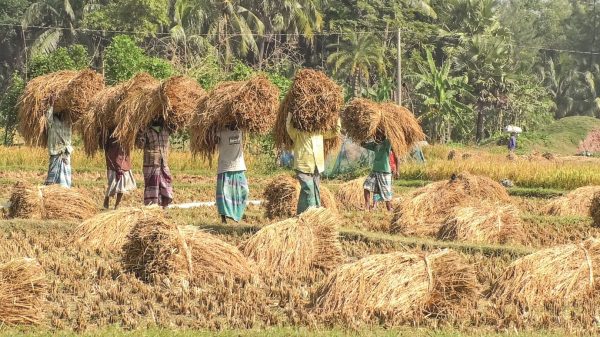



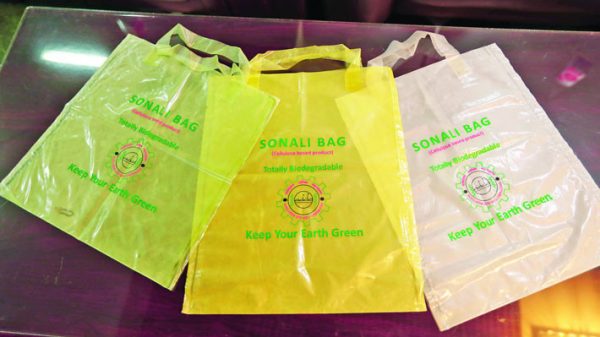







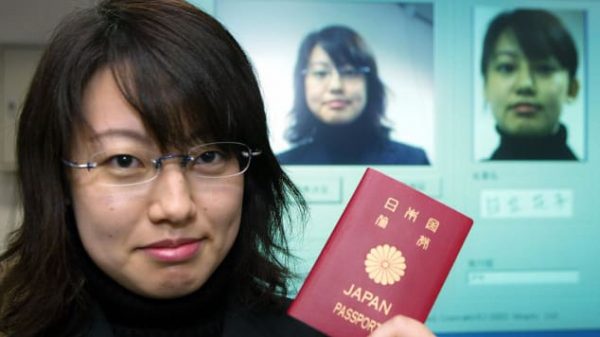


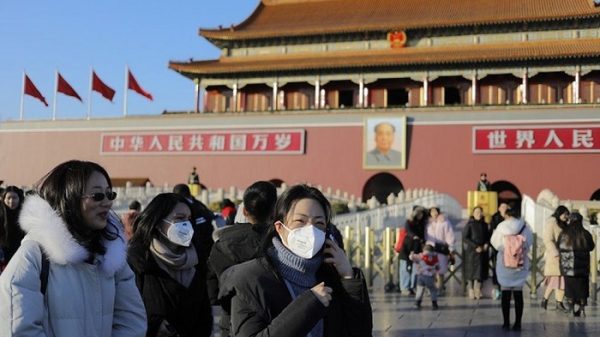





Leave a Reply